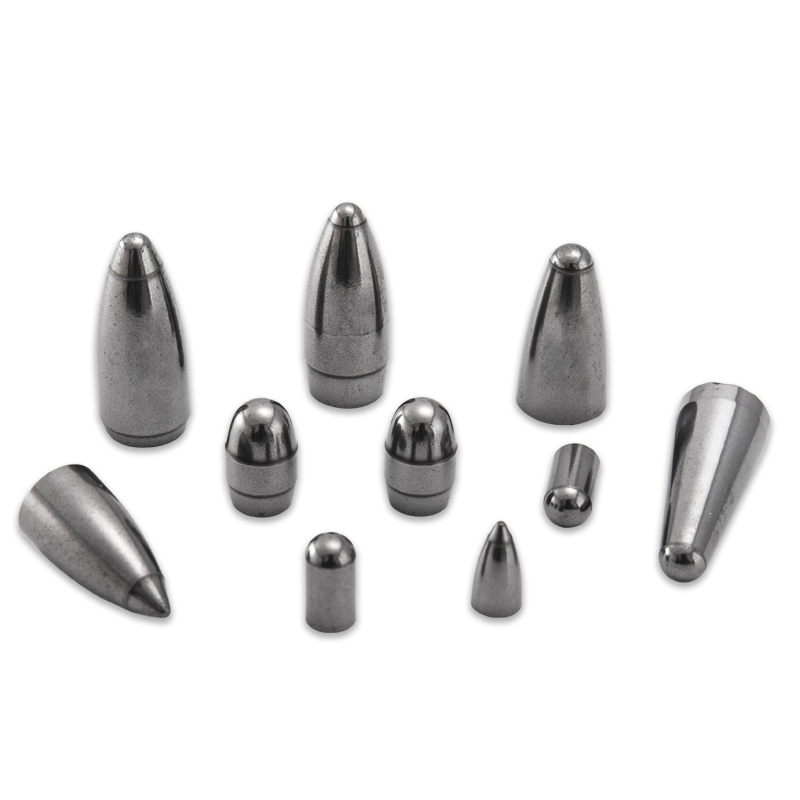The Future of Cutting Technology: Innovations in Tungsten Carbide Cutting Blades
Industry News-Innovative Manufacturing Techniques
One of the key areas of innovation in tungsten carbide cutting blades is the improvement of manufacturing processes. Traditional tungsten carbide blades are produced by sintering tungsten powder and carbon at high temperatures to form a solid, hard material. However, newer manufacturing techniques, such as additive manufacturing (3D printing), are beginning to show promise for producing more complex and customized tungsten carbide cutting blades.
Additive manufacturing allows for greater control over the blade’s composition and structure. By using 3D printing, manufacturers can create blades with customized geometries, which may improve cutting performance for specific applications. This could lead to more efficient cutting solutions, tailored specifically for different industries and materials.
Enhanced Coatings and Surface Treatments
Another area where innovations are being made is in the coatings and surface treatments of tungsten carbide cutting blades. Traditionally, tungsten carbide blades are coated with materials like titanium nitride (TiN) or diamond-like carbon (DLC) to enhance their wear resistance and reduce friction. These coatings have already extended the lifespan of tungsten carbide blades, but researchers are developing even more advanced coatings that could offer additional benefits.
For example, new nanocoatings are being developed that could further reduce wear and improve heat resistance. These coatings could allow tungsten carbide blades to handle even higher cutting speeds, extreme temperatures, and abrasive materials. Such innovations would make tungsten carbide blades even more effective in demanding industries like aerospace and heavy manufacturing.

Smart Cutting Tools
The integration of smart technology into cutting tools is another exciting trend. Future tungsten carbide cutting blades could be embedded with sensors that monitor their performance in real time. These sensors could track parameters such as temperature, vibration, and wear, providing valuable data to operators and maintenance teams.
By incorporating this data into predictive maintenance systems, businesses could proactively replace or sharpen blades before they fail, minimizing downtime and maximizing production efficiency. The use of smart cutting tools will allow industries to move towards more automated, data-driven manufacturing processes, leading to more efficient and cost-effective operations.
Environmental Considerations
As industries become increasingly focused on sustainability, the environmental impact of manufacturing processes is under scrutiny. Tungsten carbide cutting blades are already more durable than traditional cutting tools, meaning fewer replacements are required and less waste is produced. However, future innovations in tungsten carbide production could further reduce the environmental footprint of these blades.
For instance, researchers are working on methods to recycle tungsten carbide more efficiently, reducing the need for new raw materials and minimizing waste. By advancing recycling technologies, tungsten carbide cutting blades could become even more environmentally friendly, contributing to the growing demand for sustainable industrial practices.


 English
English русский
русский





